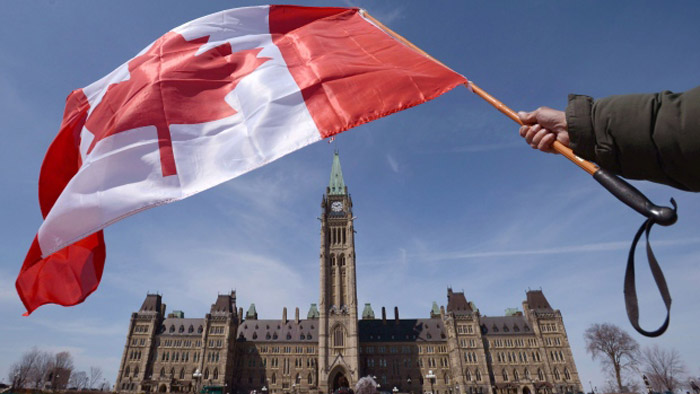There is an old saying that goes, “God must love the poor: He made so many of them.” Unfortunately for the poor, in Canadian political discourse, the ‘middle class’ captures all the attention of politicians. From Justin Trudeau and Thomas Mulcair on the centre-left, to Stephen Harper on the centre-right, politicians of all ideological stripes have various plans to help the middle class. Ostensibly beleaguered by stagnant wages and reduced economic prospects, the middle class is allegedly under strain. Given the overblown interest in those whose earnings put them in the middle of the income distribution, it is useful to ask ourselves how the middle class is actually faring. In reality, middle-income earners in Canada, though not without their problems, are faring reasonably well.
According to research, those around the middle of the income distribution, say those in the 60th percentile of income earners, have only seen a 15 per cent real rise in income since 1980, while in the same time period, the total size of the Canadian economy has doubled. Though this statistic is not false, it lacks context.
Canada experienced two particularly severe recessions in the early 1980s and 1990s. As a result of those two recessions, Statistics Canada data shows that the income of the average earner bottomed out in 1995 at approximately $40,000. Since then, the income of those people in the middle of the Canadian income distribution has risen steadily to just over $50,000 in the years preceding the 2008 financial crisis—a nearly 20 per cent increase. This income growth is true when looking at both market income (wages and salaries) and post tax and transfer income. Thus, while the 15 per cent wage gain figure is not incorrect, it is deceptive. The story of the Canadian middle class is not one of persistent stagnation, but one of initial hardship, followed by steady recovery and rising living standards. Since Canada’s economic nadir in the mid 1990s, the Canadian middle class has seen consistent rises in income.
Pundits also often sound the alarm about rising household debt. While it is true that the average amount of Canadian household debt has risen to 162 per cent of household disposable income, this does not mean that middle income Canadians are living paycheck to paycheck, crushed by an unsustainable debt burden. This is because debt only matters in relation to assets, wealth, and ability to service it. According to Statistics Canada, as of 2012, the median net worth of Canadian households hit a record high of $243,800. This means that after accounting for its debts, the average household is still wealthier than it ever has been. If Canadians were becoming poorer and faced rising debts, this would be an important public policy problem. However, the rising debt faced by Canadians is offset by rising wealth. Since middle-income families have increasing resources and wealth to service their debt obligations, it becomes hard to argue that they are drowning in debt.
This is not to suggest that middle-income earners in Canada face no challenges. It is true that income growth has not been as fast as it once was. Goods and services that are consumed heavily by middle class Canadians, such as university educations, have gotten more and more expensive. But it is unhelpful for the plight of the middle class to be exaggerated as it can lead to unsound policy where our efforts to improve the state of the middle class in Canada could be better spent elsewhere. For example, approximately nine per cent of Canadians live below the poverty line. While the proportion of Canadians living under the poverty line is much lower than those in many developing countries, the Canadian poor still have difficulties affording a decent standard of living. Within Canada, Aboriginals often face dismal economic prospects and suffer from a multitude of social problems, including higher suicide rates. In comparison, the plight of the middle class is not nearly as pressing.
The Canadian middle class, though not without challenges, is far from stagnation. Since the end of the volatile economic situation of the 1980s and 1990s, middle income Canadians have seen rising incomes and rising wealth. As a nation, Canada would be better placed trying to alleviate the far more prevalent and severe examples of human suffering that still persist in Canada, such as poverty. However, given its importance to many politicians’ electoral prospects, the middle class is likely to remain the at the centre of Canadian political discourse.







